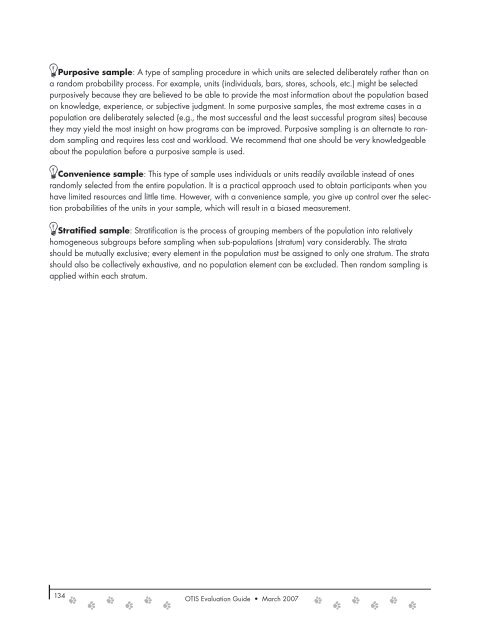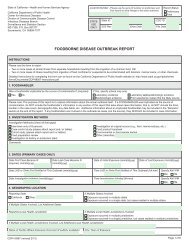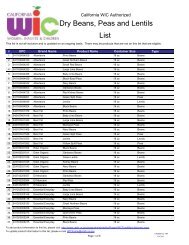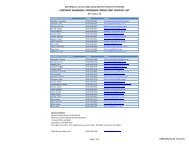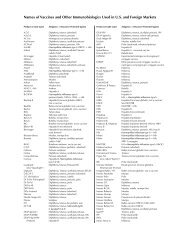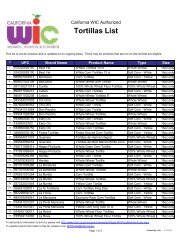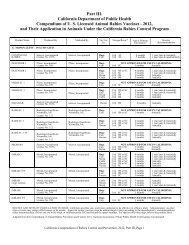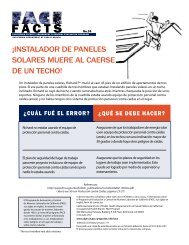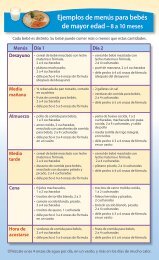OTIS Evaluation Guide (PDF) - California Department of Public Health
OTIS Evaluation Guide (PDF) - California Department of Public Health
OTIS Evaluation Guide (PDF) - California Department of Public Health
Create successful ePaper yourself
Turn your PDF publications into a flip-book with our unique Google optimized e-Paper software.
Purposive sample: A type <strong>of</strong> sampling procedure in which units are selected deliberately rather than on<br />
a random probability process. For example, units (individuals, bars, stores, schools, etc.) might be selected<br />
purposively because they are believed to be able to provide the most information about the population based<br />
on knowledge, experience, or subjective judgment. In some purposive samples, the most extreme cases in a<br />
population are deliberately selected (e.g., the most successful and the least successful program sites) because<br />
they may yield the most insight on how programs can be improved. Purposive sampling is an alternate to random<br />
sampling and requires less cost and workload. We recommend that one should be very knowledgeable<br />
about the population before a purposive sample is used.<br />
Convenience sample: This type <strong>of</strong> sample uses individuals or units readily available instead <strong>of</strong> ones<br />
randomly selected from the entire population. It is a practical approach used to obtain participants when you<br />
have limited resources and little time. However, with a convenience sample, you give up control over the selection<br />
probabilities <strong>of</strong> the units in your sample, which will result in a biased measurement.<br />
Stratified sample: Stratification is the process <strong>of</strong> grouping members <strong>of</strong> the population into relatively<br />
homogeneous subgroups before sampling when sub-populations (stratum) vary considerably. The strata<br />
should be mutually exclusive; every element in the population must be assigned to only one stratum. The strata<br />
should also be collectively exhaustive, and no population element can be excluded. Then random sampling is<br />
applied within each stratum.<br />
134<br />
<strong>OTIS</strong> <strong>Evaluation</strong> <strong>Guide</strong> • March 2007


